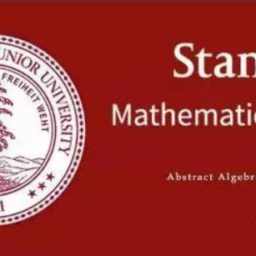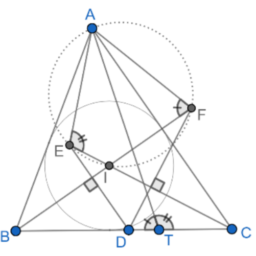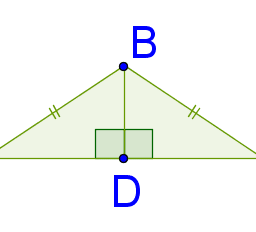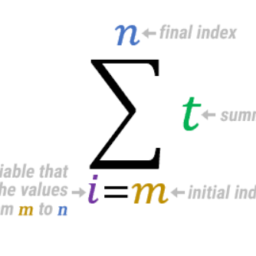| Now solve the result for $x$. The process by which this was accomplished in adding in the term $b^{2} / 4 a^{2}$ is referred to as completing the square. You should obtain the quadratic formula, $$ x=\frac{-b \pm \sqrt{b^{2}-4 a c}}{2 a} $$ The expression $b^{2}-4 a c$ is called the discriminant. When it is positive there are two different real roots. When it is zero, there is exactly one real root and when it equals a negative number there are no real roots. Find $u$ such that $-\frac{b}{2}+u$ and $-\frac{b}{2}-u$ are roots of $x^{2}+b x+c=0$. Obtain the quadratic formula from this. Suppose $f(x)=3 x^{2}+7 x-17$. Find the value of $x$ at which $f(x)$ is smallest by completing the square. Also determine $f(\mathbb{R})$ and sketch the graph of $f$. Hint: $$ \begin{aligned} f(x) &=3\left(x^{2}+\frac{7}{3} x-\frac{17}{3}\right)=3\left(x^{2}+\frac{7}{3} x+\frac{49}{36}-\frac{49}{36}-\frac{17}{3}\right) \ &=3\left(\left(x+\frac{7}{6}\right)^{2}-\frac{49}{36}-\frac{17}{3}\right) \end{aligned} $$ Suppose $f(x)=-5 x^{2}+8 x-7$. Find $f(\mathbb{R})$. In particular, find the largest value of $f(x)$ and the value of $x$ at which it occurs. Can you conjecture and prove a result about $y=a x^{2}+b x+c$ in terms of the sign of $a$ based on these last two problems? Show that if it is assumed $\mathbb{R}$ is complete, then the Archimedean property can be proved. Hint: Suppose completeness and let $a>0$. If there exists $x \in \mathbb{R}$ such that $n a \leq x$ for all $n \in \mathbb{N}$, then $x / a$ is an upper bound for N. Let $l$ be the least upper bound and argue there exists $n \in \mathbb{N} \cap[l-1 / 4, l]$. Now what sbout $n+1$ ? Suppose you numbers $a_{k}$ for each $k$ a positive integer and that $a_{1} \leq a_{2} \leq \ldots .$ Let $A$ be the set of these numbers just described. Also suppose there exists an upper bound $L$ such that each $a_{k} \leq L$. Then there exists $N$ such that if $n \geq N$, then $\left(\sup A-\varepsilon<a_{n} \leq \sup A\right] .$ If $A \subseteq B$ for $A \neq \emptyset$ and $A, B$ are sets of real numbers, show that inf $(A) \geq \inf (B)$ and $\sup (A) \leq \sup (B)$. 2.13 The Complex Numbers Just as a real number should be considered as a point on the line, a complex number is considered a point in the plane which can be identified in the usual way using the Cartesian coordinates of the point. Thus $(a, b)$ identifies a point whose $x$ coordinate is $a$ and whose $y$ coordinate is $b$. In dealing with complex numbers, such a point is written ass $a+i b$. For example, in the following picture, I have graphed the point $3+2 i$. You see it corresponds to the point in the plane whose coordinates are $(3,2)$. |
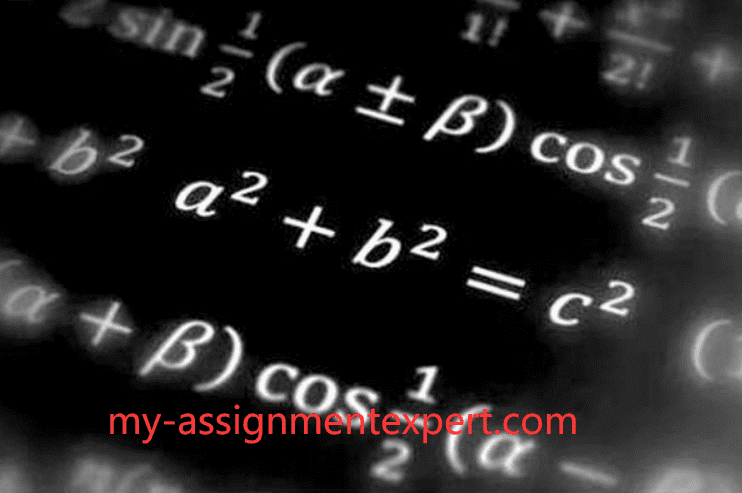

real analysis代写analysis 2, analysis 3请认准UprivateTA™. UprivateTA™为您的留学生涯保驾护航。
代写
隐藏


